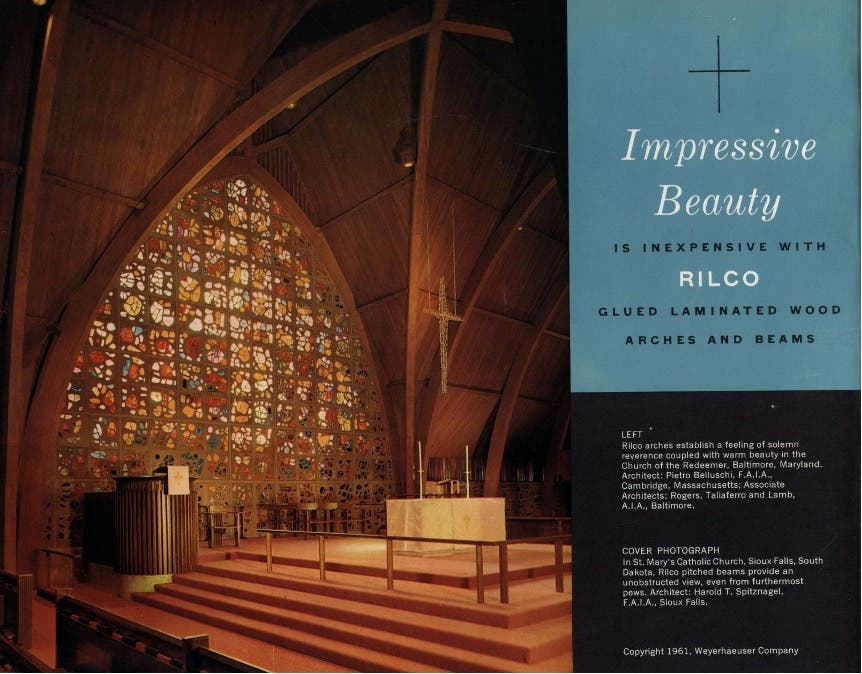
Mike Jackson
Building Technology Heritage Library: Heavenly Spaces
This post is part of a monthly series that explores the historical applications of building materials and systems through resources from the Building Technology Heritage Library (BTHL), an online collection of AEC catalogs, brochures, trade publications, and more. The BTHL is a project of the Association for Preservation Technology, an international building preservation organization. Read more about the archive here.
Religious buildings have long held a special place in the practice of architecture. The power of architecture to define a culture’s sacred places is revealed through form, detail and iconography. One of the most interesting documents in the BTHL on this topic is a competition for the design of a small brick church and parish house, which was sponsored by the Hydraulic-Press Brick Co. The opening essay about the competition states the long-held connection between architecture and sacred places. “Especially in our own Occidental civilization, whether in ancient or modern times, the Greek and Roman temples or the Christian church are splendid evidences of the inspiring motives which religion gives to the creative genius of architecture.” The essay elaborates further. “The diversity of ecclesiastical need has been an opportunity for architecture. The varied motifs that lay in the unfolding idea of Christianity itself as well as in the differentiation of the creed, have given to Christian architecture a richness of variety and a dept of meaning such as the history of the building art can show nowhere else.”

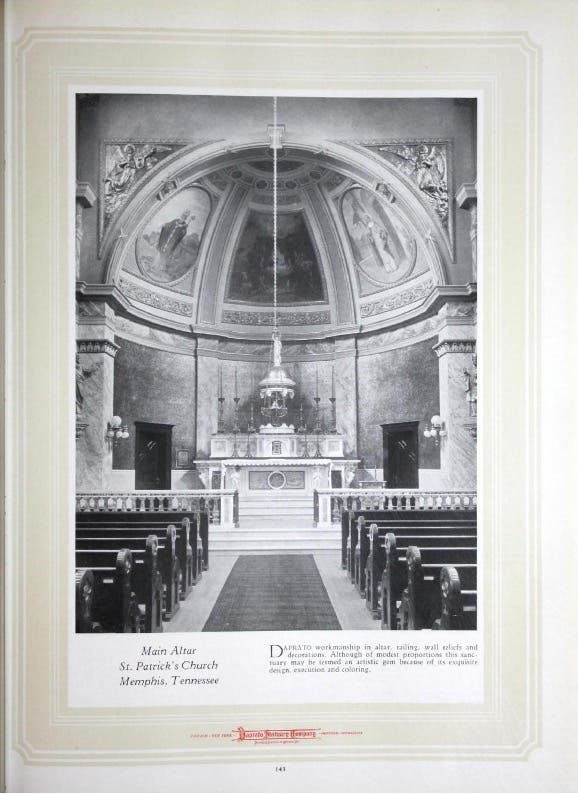

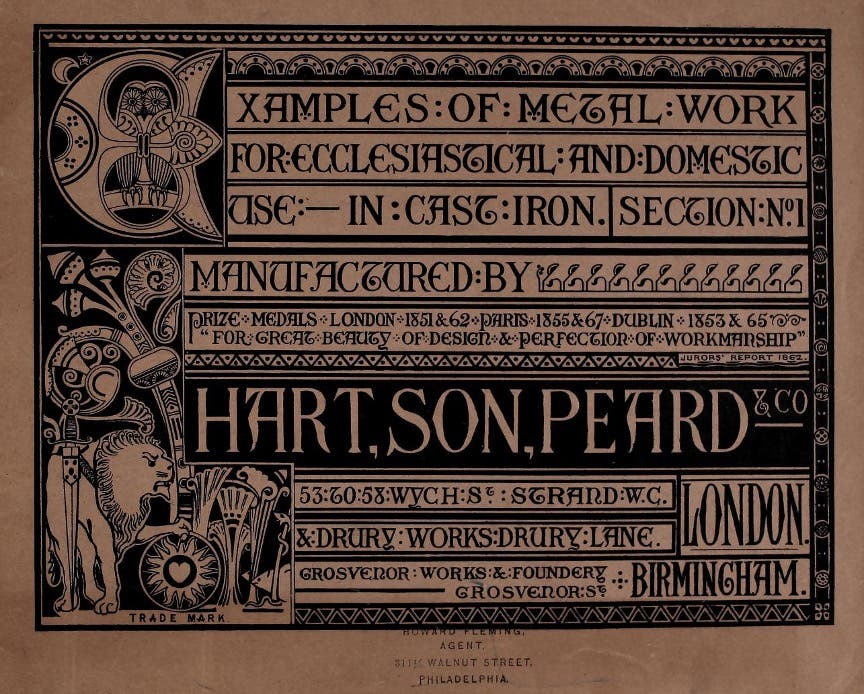

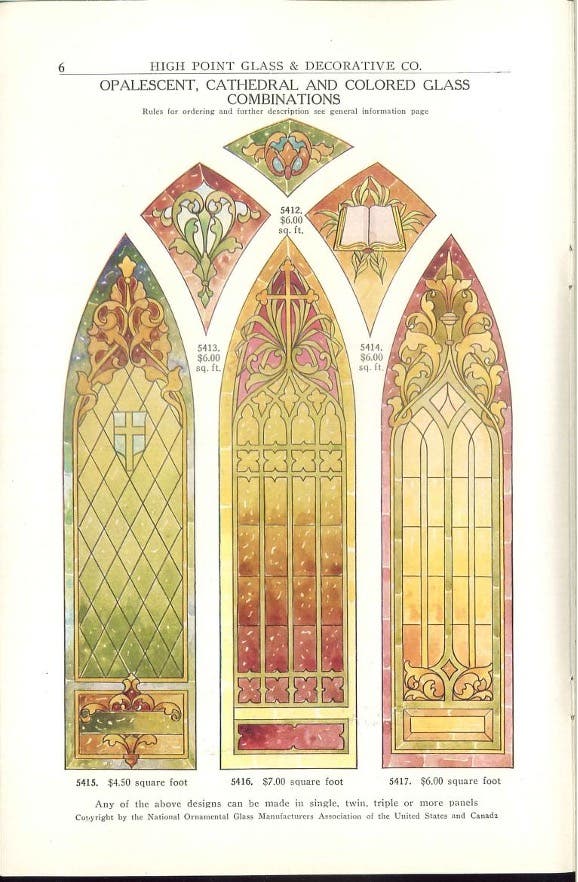
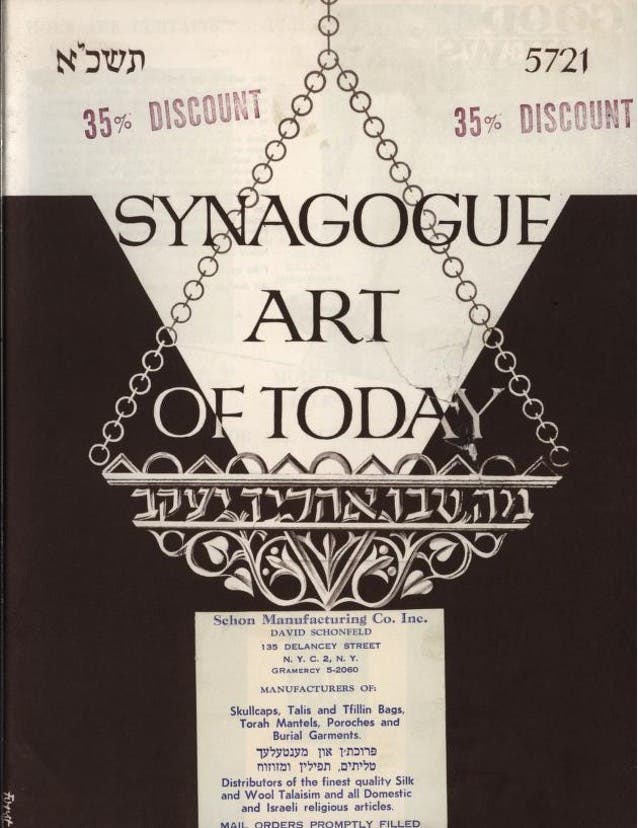
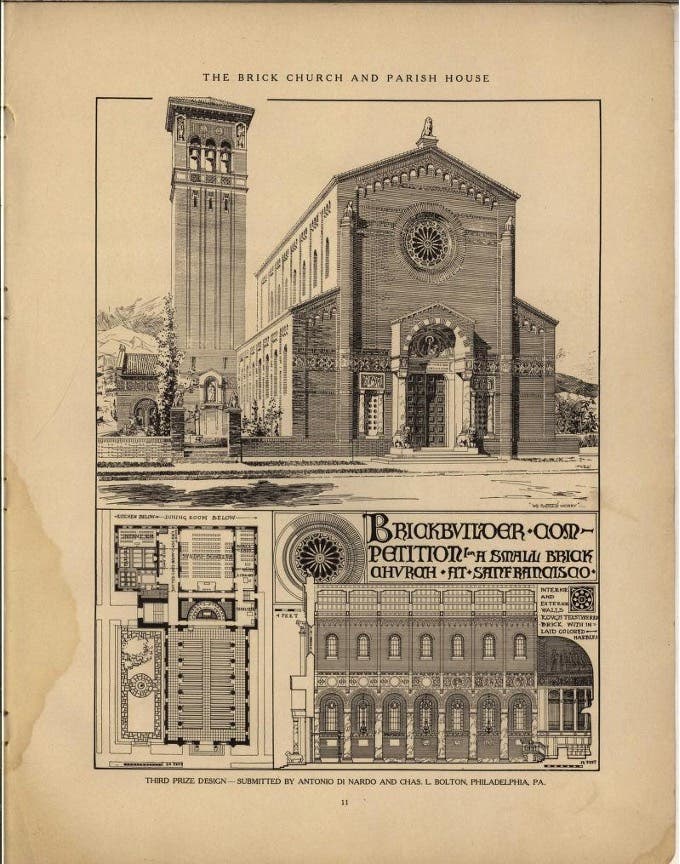
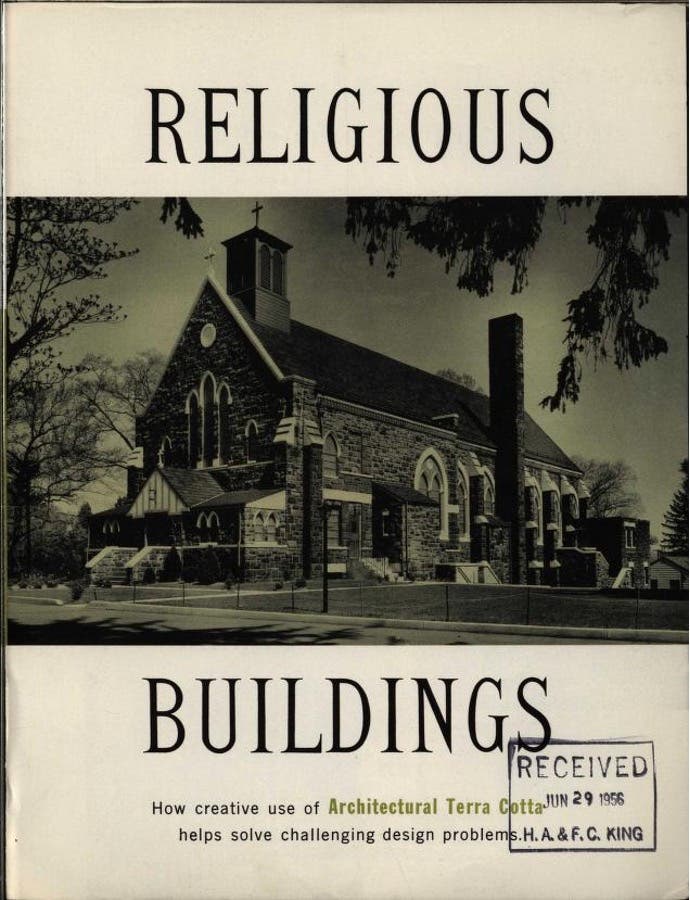
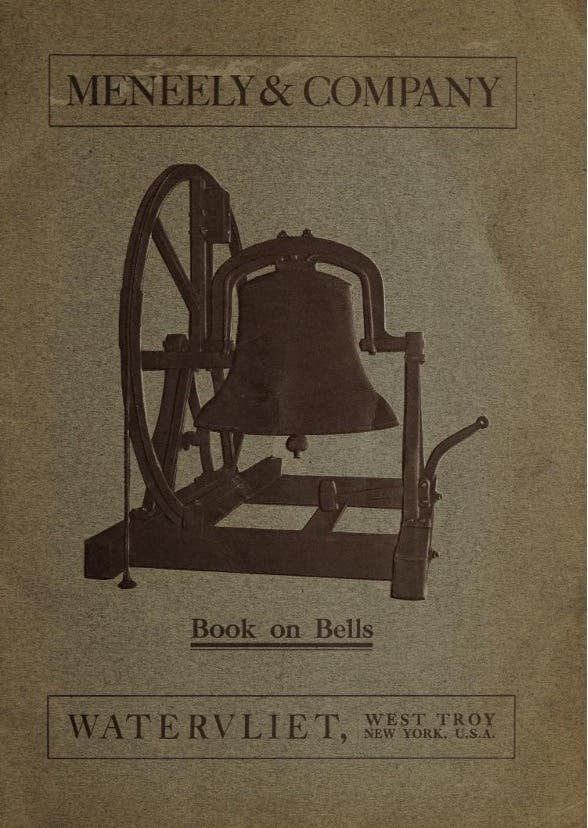
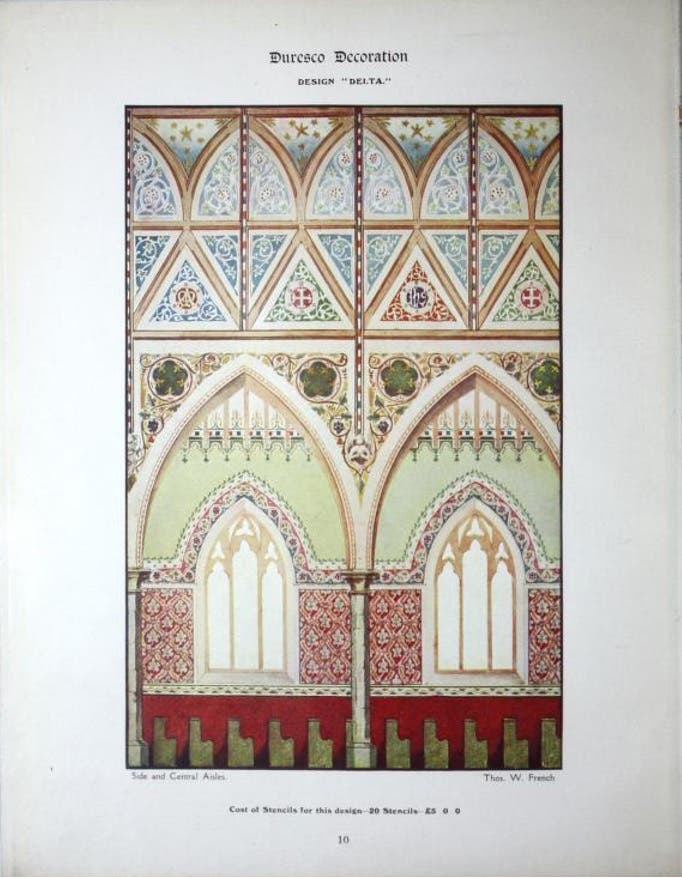
The APT Building Technology Heritage Library provides an overview of various building materials and furnishings for religious buildings. There are several dozen catalogs with “church” in the titles. There are several stained-glass catalogs that show the artistry of this medium. The use of stained glass with religious representations is an example of an architectural iconography that elevated a simple window into a work of art. There are also quite a few catalogs of furnishings for religious buildings. Virtually every element of the church interior, from seating through lighting could be architecturally crafted with religious iconography. There are several early 20th century catalogs from companies that specialized in highly decorative alters, a central feature of the church interior. Church bells is yet another category of a single product, but one that connects to the church tower or spire, an important architectural element of religious architecture.
The “gothic” arch is an example of a form that has a strong association with religious structures. Virtually all of the church furnishing catalogs will have designs specifically names as “gothic” or those that incorporate the gothic arch in a design. This form evolved from masonry architecture and found expression in both the form of the structure or the detailing of a piece of furniture. One of the newest documents in this survey is a catalog of laminated arched beams. These beams could be fabricated into gothic arches. The inspired creation of an old form with a new technology reinforces the idea that “history of the building art” has been revealed in religious structures.








